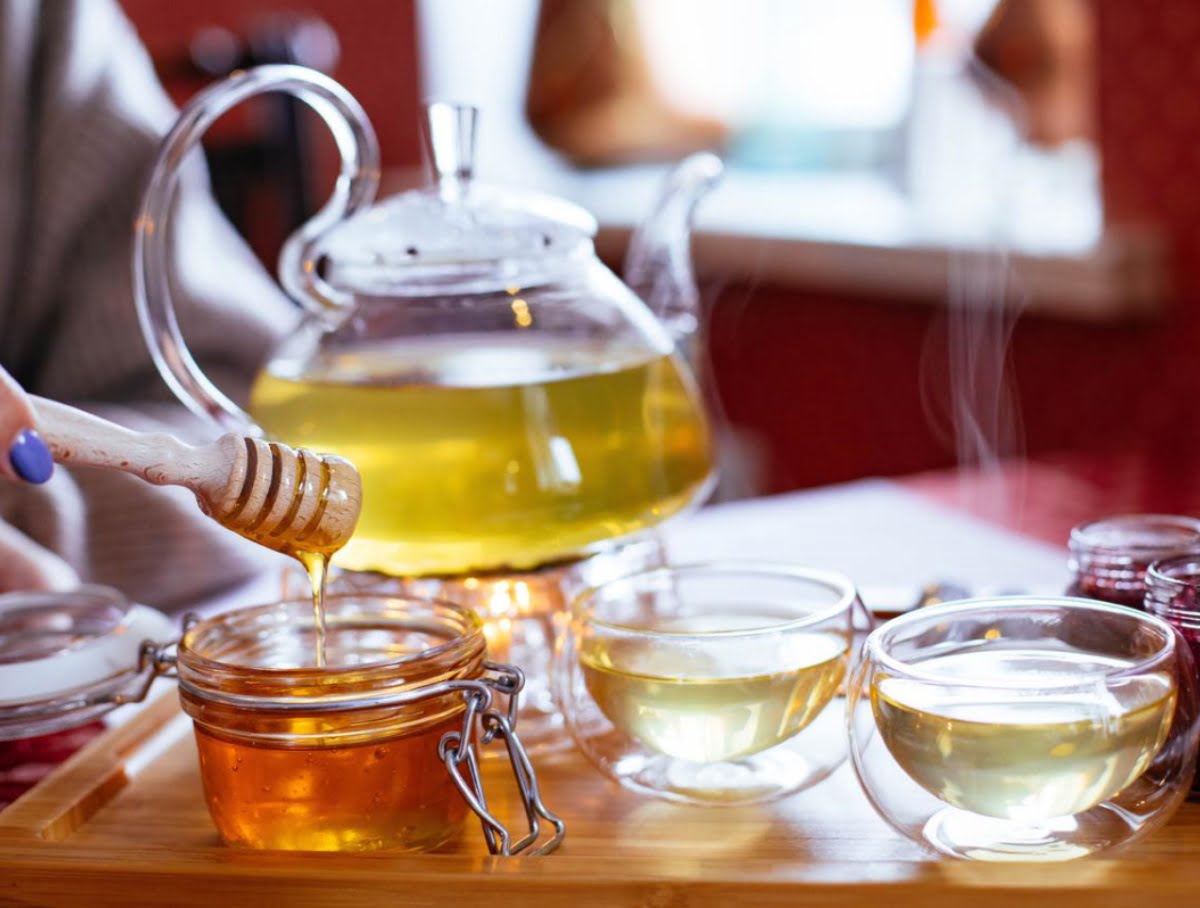On many websites dedicated to health and proper nutrition, you can read about the dangers or even carcinogenicity of honey exposed to an environment with temperatures above 60° C. We checked whether such statements have any basis.
The Internet is full of articles about the beneficial properties of honey. But on some pages a fly in the ointment awaits the reader: “Honey contains hydroxymethylfurfural; natural honey, not heated, contains it in a safe amount. Heating honey above 40 °C begins to rapidly increase its quantity; if honey is heated to 60 °C, the content of OMF becomes hazardous to health. "Oxymethylfurfural has carcinogenic properties and affects the central nervous system, promoting the development of malignant tumors."
Because of this property, numerous sources strongly advise against adding honey to hot tea or hot milk. This idea is spread as simply information sites (“Russian Seven”, 7lafa.com, Unotices) and social networks (VK), and official resources related to medicine. For example, site Yaroslavl Clinical Hospital No. 2. They know about this property of hot honey and West.
The first warnings about heating honey can be found in sources devoted to the traditional system of Indian folk medicine, Ayurveda. There is words: “Honey kills if consumed hot by those who suffer from heat, if used in the hot season, in a hot country and with hot food.”
Russian doctor, specialist in oriental medicine Igor Vetrov comments on this quote as follows: “Honey contains many important enzymes: amylase, oxidase, invertase, catalase, peroxidase and proteolytic enzymes. Heating honey to temperatures above 60 °C leads to the destruction of enzymes; at the same time, essential oils and natural antibiotics evaporate, honey loses its aroma and turns into a simple mixture of sugars. Moreover, honey in this state is extremely inauspicious for the people mentioned in this sloka [couple. — Approx. ed.]".
Another website about Ayurveda gives a similar quote with a similar interpretation: “Honey that is heated, taken during the hot season, mixed with hot food, or taken by someone who has excessive heat, destroys. Undoubtedly, heated honey, used in formulations for therapeutic vomiting or for cleansing enemas, comes out before it has time to be absorbed, and therefore is not dangerous.”
At the same time, on a number of resources with reference to Ayurveda, instead of 60 °C, 42 °C is mentioned. It can be assumed that it was this ancient, but very popular teaching throughout the world that became the primary source of information about the dangers of hot honey. But our task is to understand how modern evidence-based medicine looks at this idea and what the mysterious hydroxymethylfurfural has to do with it.
In 2010, scientists from India, the birthplace of Ayurveda, set out to find out the truth in this and several related controversial issues. The results of several biochemical experiments resulted in article entitled “Studies on the Physicochemical Characteristics of Heated Honey and Honey Mixed with Ghee and Their Consumption Patterns in Rats,” posted on the website of the US National Library of Medicine. Scientists have studied in detail what happens to this useful product if it is heated to a temperature of 60 or even 140 °C. As studies have shown, under the influence of high temperatures, honey slightly changed its properties - humidity, color, nutrient content. And the content of that very hydroxymethylfurfural also increased slightly.
What is hydroxymethylfurfural (HMF)? It is an organic compound that is formed from sugars in honey and various processed foods in an acidic environment when they are heated in what is called the Maillard reaction. At the same time, the concentration of HMF increases even with prolonged storage of honey at room temperature from 11 μg/kg to 39 μg/kg. Heating to 60 °C increases the amount of the substance to 68.8 μg/kg (a relatively safe amount), and when heated to 140 °C, its amount does not increase significantly. And most importantly: despite numerous mentions of the carcinogenicity of hydroxymethylfurfural in the media and even in “Methodological recommendations of the USSR Ministry of Internal Affairs for expert research of honey”, today this statement not proven. From research German scientists from the Department of Food Safety can learn that this substance appears in almost any product where sugars have been heat-treated in the presence of acid - for example, in jam, coffee, sweets or cola. However, it was honey that fell into disrepute.
Thus, according to the data available today, honey can be safely consumed with hot drinks without fear of poisoning or receiving a large dose of a carcinogen.
Not true
Read on topic:
1. Studies on the physicochemical characteristics of heated honey, honey mixed with ghee and their food consumption pattern by rats
2. Toxicology and risk assessment of 5-Hydroxymethylfurfural in food
If you find a spelling or grammatical error, please let us know by highlighting the error text and clicking Ctrl+Enter.






